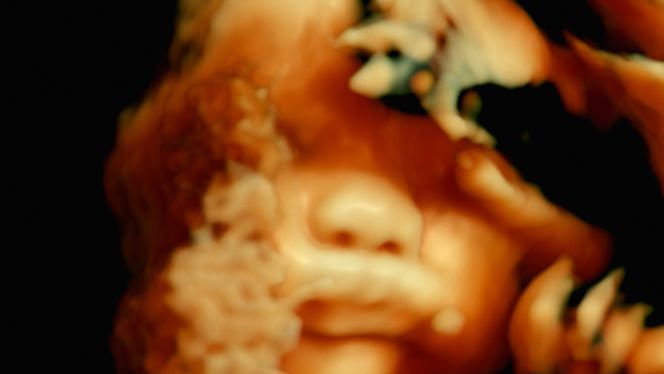Researchers, anthropologists, Harvard professors and filmmakers, Véréna Paravel and Lucien Castaing-Taylor are regulars in extreme projects. For Leviathan, released in 2012, they embark for several months on a trawler. Five years later, they collect, in Caniba, the word of “ Japanese cannibal Issei Sagawa.
De Humani Corporis Fabrica, their latest film, presented at the Directors’ Fortnight in Cannes, in theaters on January 11, is the result of seven years of immersion in several French hospital departments. A dive into the ” body “ medical where scenes that follow caregivers in their daily gestures and incredible images of the inside of operated bodies, provided by laparoscopy cameras, are intertwined.
From sublime to repulsive
Often abstract, oscillating between the sublime and the repulsive, the images of the Paravel-Castaing-Taylor duo are so powerful that they almost overshadow their work on sound, which is nevertheless primordial. But there, “the sound was disgusting”, they announce when asked about the way in which they worked on the very singular sound material of the film, which appeals as much to the unreal noises of the interior as to the trivial sounds of the exterior of the body. Always surprised by the lack of attention paid to sound in documentary cinema, “all attention being focused on the meaning, therefore the image”they pay similar attention to both elements.
During filming, they equip one of their cameras with a mediocre micro-witness and complete with a more efficient tape recorder. But it was during the four months of editing and mixing the sound that the sound identity of From Humani emerges, thanks to the soft madness of Nicolas Becker, the sound designer, who worked with director Alfonso Cuaron on Gravity. ” He put very sensitive hydrophone microphones in his mouth, put sensors and stethoscope microphones on his femoral arteries, on his belly and on his skull to collect this brain pulsing sound…” Crucial questions then arise: when a camera leaves a body, should the sound open up or rather close up? And what to do with the words of doctors, collected during operations?
The hospital, a noisy place
“So that the discursive does not shield the abstract beauty of bodies”, Paravel and Castaing-Taylor “clean” the sequences collected in the operating room. They remove a lot of dialogue but keep, often in the background, some exchanges between caregivers, which are striking in their banality, little in tune with the vital issues at work.. “It is sometimes difficult to accept him as a patient, but innocuous words are very important in the possibility of treatment, yet recalls Véréna Paravel. If the doctors could not distance the identity of the patient, his story, it would be impossible for them to open the bellies and desecrate the bodies as they do. And the conversation is about rents, children in the nursery… It doesn’t distract, it allows the gesture. »
You have 19.41% of this article left to read. The following is for subscribers only.
